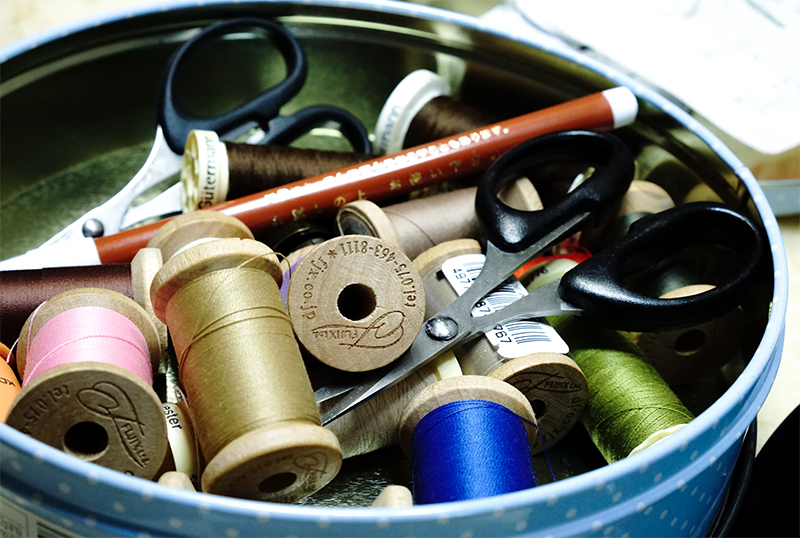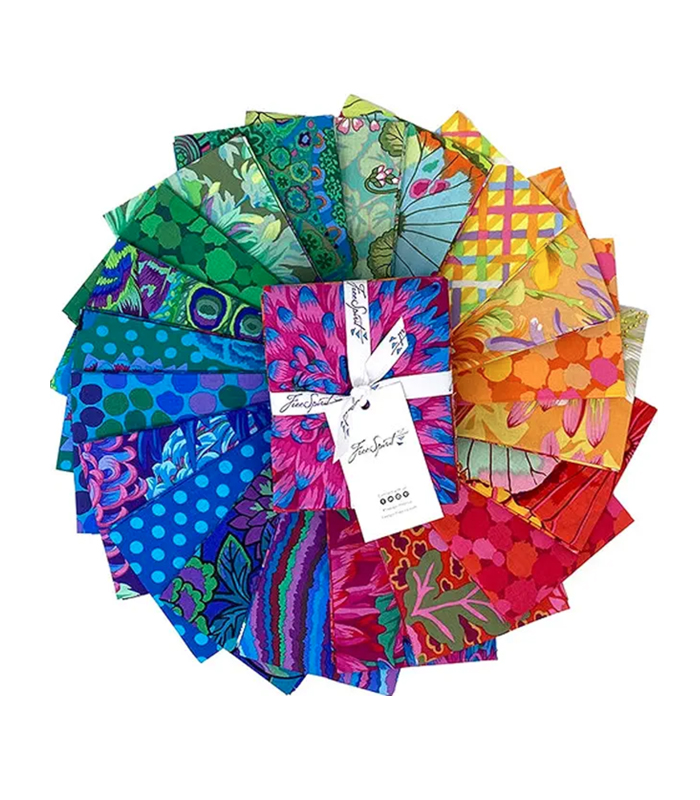Quilting is not just a craft; it’s an art form that weaves together creativity, tradition, and skill. At the heart of quilting lies stitching techniques that bring fabrics together to create intricate designs and cozy blankets. Whether you’re a novice or an experienced quilter, mastering basic stitching techniques is essential for achieving professional-looking results and enjoying the journey of quilting. In this guide, we’ll explore some fundamental stitching techniques that form the foundation of quilting.
- Running Stitch: The running stitch is one of the simplest and most versatile stitches in quilting. It involves passing the needle in and out of the fabric in a straight line. This stitch is commonly used for basting layers together before quilting and for creating decorative accents. It’s important to maintain even spacing between stitches for a neat appearance.
- Backstitch: The backstitch is a sturdy and secure stitch that is often used for piecing quilt blocks together. Unlike the running stitch, the backstitch involves stitching backward one stitch length and then forward two stitch lengths, creating a continuous line of stitching. This technique ensures that seams are strong and won’t come apart with use.
- Whipstitch: The whipstitch is a simple and effective stitch for joining fabric pieces along the edges. It involves passing the needle over the edge of the fabric and then back through the layers, creating a series of diagonal stitches. Whipstitching is commonly used for attaching binding to the edges of a quilt or joining quilt blocks together.
- Appliqué Stitch: Appliqué is a technique where fabric shapes are stitched onto a background fabric to create decorative designs. The appliqué stitch is a small, invisible stitch that secures the appliqué fabric to the background. It involves catching a small amount of fabric from the appliqué piece and then the background fabric with each stitch, ensuring that the stitches are hidden within the appliqué shape.
- Quilting Stitch: Quilting stitches are used to secure the layers of a quilt together and add texture and dimension to the finished piece. There are several quilting stitch options, including straight line quilting, free-motion quilting, and stippling. Each technique offers a unique look and requires practice to master. Quilting stitches can be done by hand or with a sewing machine, depending on personal preference and the desired outcome.
Mastering basic stitching techniques is essential for anyone interested in quilting. Whether you’re piecing together quilt blocks, joining fabric pieces, or adding decorative elements, understanding these fundamental stitches will help you create beautiful and long-lasting quilts. With practice and patience, you’ll soon be stitching your way to quilt-making mastery.




